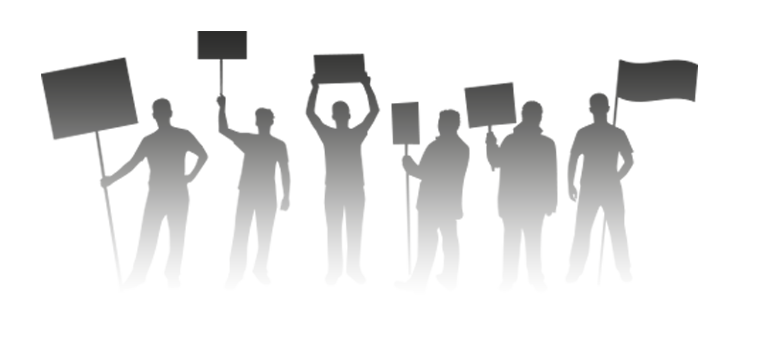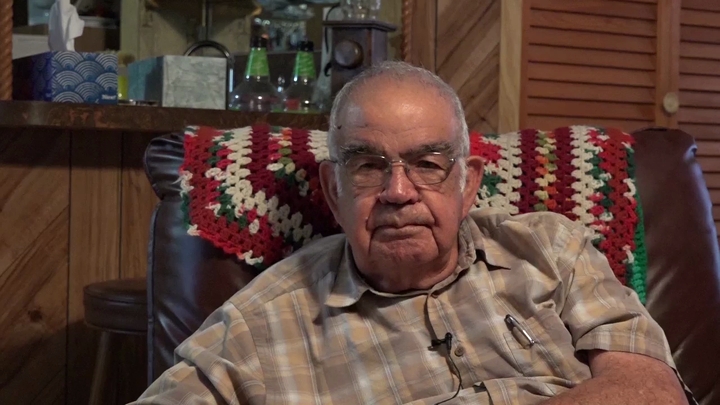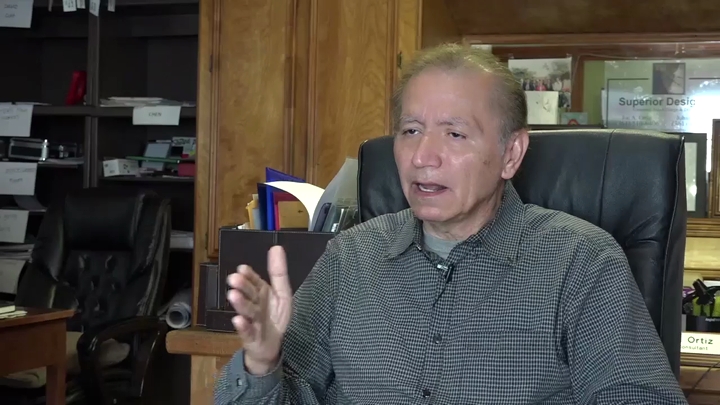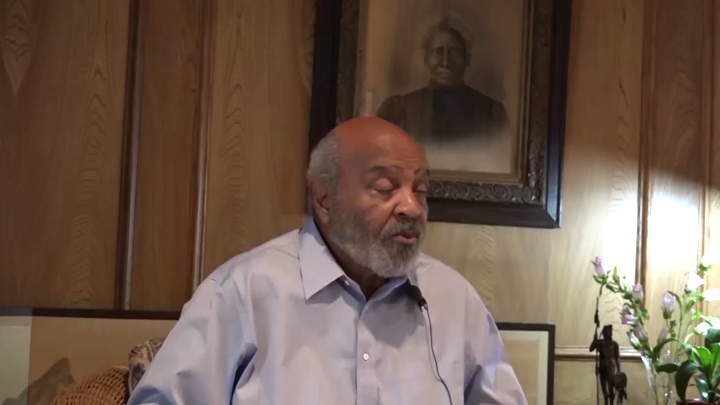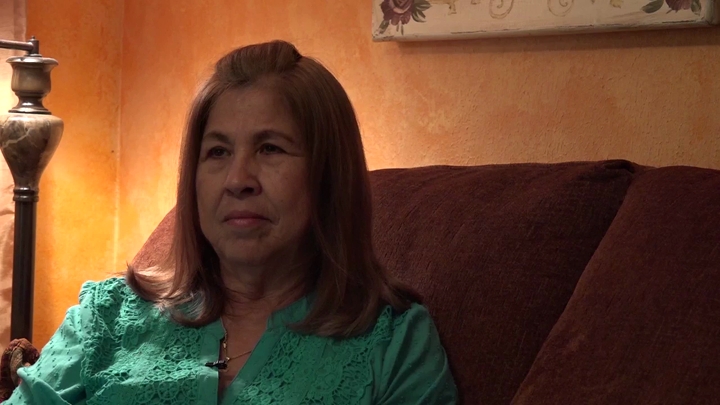Lee / Unity of Hispanics and Blacks in Conroe, TX
sign up or sign in to add/edit transcript
Interviewer: You talked about how, in response to the KKK, how the African American students and the Hispanic students kind of came together. Has there been any other coming together between the Mexican American and African American community in Conroe? Proctor: I feel like we stick together pretty much in the Dugan area. I’ll say that. I can’t speak for the whole Conroe. I’m talking about the Dugan area where I grew up. The Hispanics and the blacks get along well over there. There’s no problems between us, we communicate well. Like I said, there’s more Hispanics moving in than anyone. I would say this—from First Street over into Dugan, that was all black. When you crossed over First Street, went over the railroad tracks, that’s when you got to your Hispanic side. Now the Hispanics are pushing more off into Dugan because the property that we were told you couldn’t build a house on, you’ll be fined for building a house—like on Thirteenth Street, it’s a branch, a branch back there that holds water. They were told you can’t build houses there, you can’t put a trailer there, but yet, you’ll sell it to someone else and allow them to remodel what’s there. Basically, tearing the old one down and just rebuilding another one from the floor up. It’s like a Catch 22. You can buy it, but you can’t build anything there. Lee: I’ve seen this town go from zero to bad, because the Hispanic people, they moving them in here, but yet instead he’s buying up all the property. The blacks, you used to see them working on all the roadways, the construction, the concrete. There’s no more black people doing that. The black man is not working, he’s not doing anything in this town. Seems like to me like he’s cursed and he’s drying up. He’s waiting to die because there’s no work for him and there’s no trade for him because where the Hispanic will come in at, he’s going to work for less money where the black man is not going to work for that. The black man has become more educated now so he’s not going to work for those crumbs anymore and so now they got the new negro in here. That’s the Hispanic person. He’ll come in. He’ll do it a lot cheaper. Now he’s opened up his own business. So, he’s running the white businessman out of business and then the white businessman is selling out to the Iranians. You got a liquor store on every corner in the black neighborhood. How many you got downtown in the white neighborhood now? Proctor: You got to go to Dugan to get to the liquor store. Lee: They want you to get drunk, so they can put you in jail.
| Interview | Interview with Charles Lee and Toddrick Proctor |
| Subjects | Housing › Neighborhoods |
| Housing › Neighborhoods › Residential Segregation | |
| Community Organizations | |
| Race Relations | |
| Race Relations › Black-Brown Race Relations | |
| Geography | |
| Geography › Places (Cities, Towns, Neighborhoods, and Intersections) | |
| Geography › Spatial and Residential Segregation | |
| White Resistance to Civil Rights › Extrajudicial Violence › Ku Klux Klan (KKK) | |
| Tags | sign up or sign in to add/edit tags |
| Interview date | 2016-07-21 |
| Interview source | CRBB Summer 2016 |
| Interviewees | Lee, Charles |
| Proctor, Toddrick | |
| Interviewers | May, Meredith |
| Locations | Conroe, TX |
| Duggan, TX | |
| Duration | 00:03:12 |
| Citation | "Unity of Hispanics and Blacks in Conroe, TX," from Charles LeeandToddrick Proctor oral history interview with Meredith May, July 21, 2016, Tammany, TX, Civil Rights in Black and Brown Interview Database, https://crbb.tcu.edu/clips/3148/unity-of-hispanics-and-blacks-in-conroe-tx, accessed December 13, 2025 |

